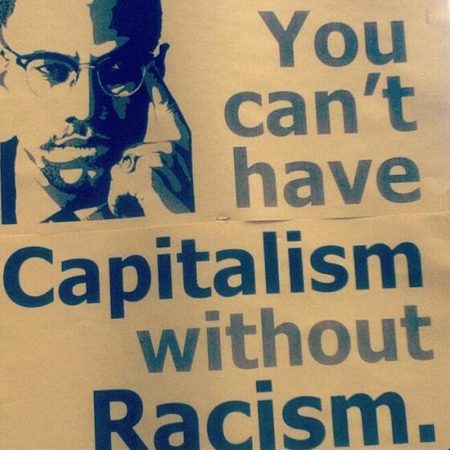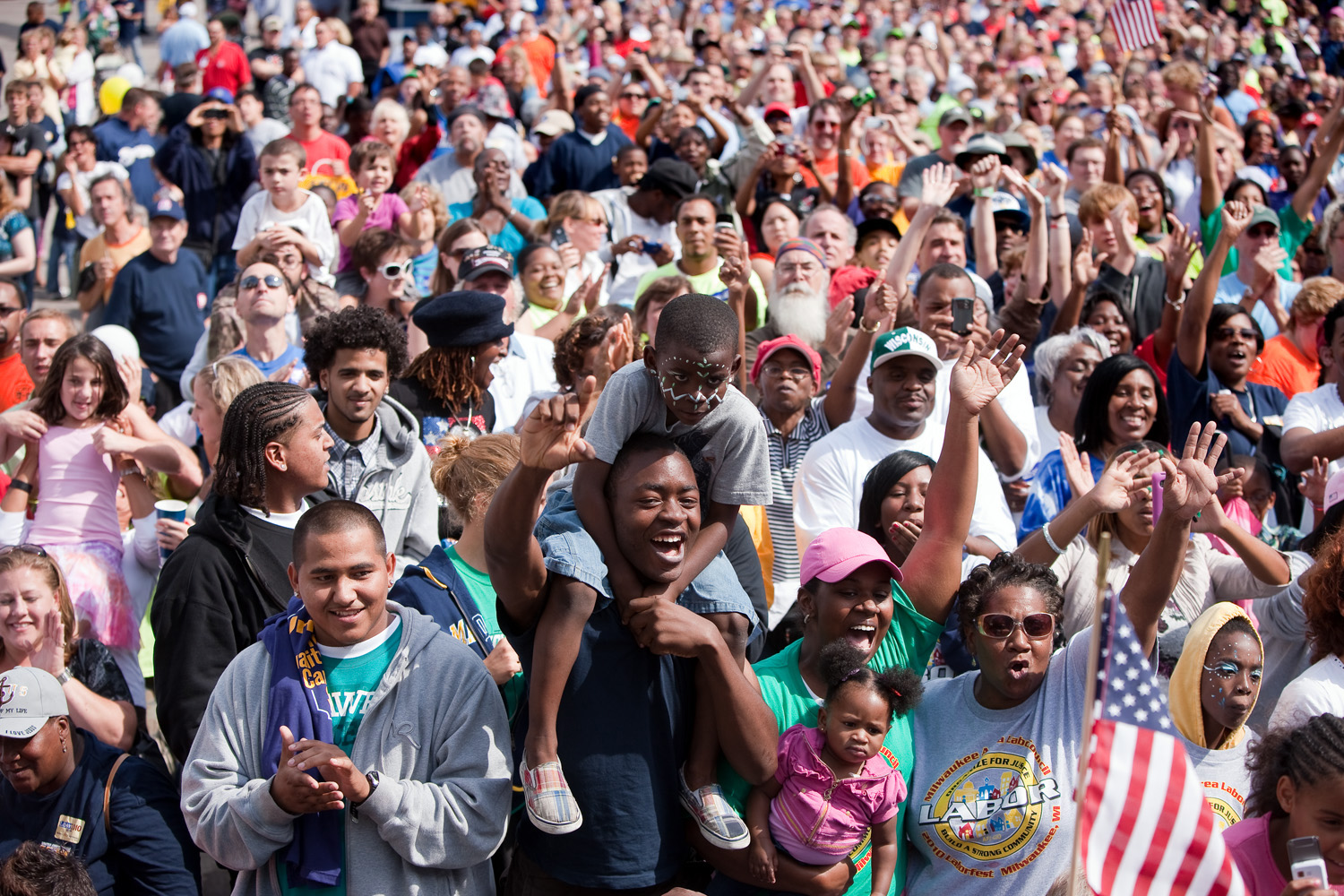Marxists, other leftists, and/or antiracists have argued for decades about the relative importance of capitalism and racism. They’ve framed the issue in different ways. Some people discuss which system exerts the greatest force on society. Others discuss which system offers the more fundamental social explanation. Some people talk about which one came first, historically. And still others ask which we should address first in our leftist movements.
Not only that, but approaches aren’t even mutually exclusive.
You might ask: what’s the difference between these frames? If so, that’s unfortunate, because they are different. It’s possible to argue, for example, that racism (or capitalism) came first historically, but that capitalism (or racism) explains more or should be addressed first.
And so, I’m going to sort out some of these issues in this post. I’ll use Ibram X. Kendi’s book Stamped from the Beginning: The Definitive History of Racist Ideas in America as a reference point.


